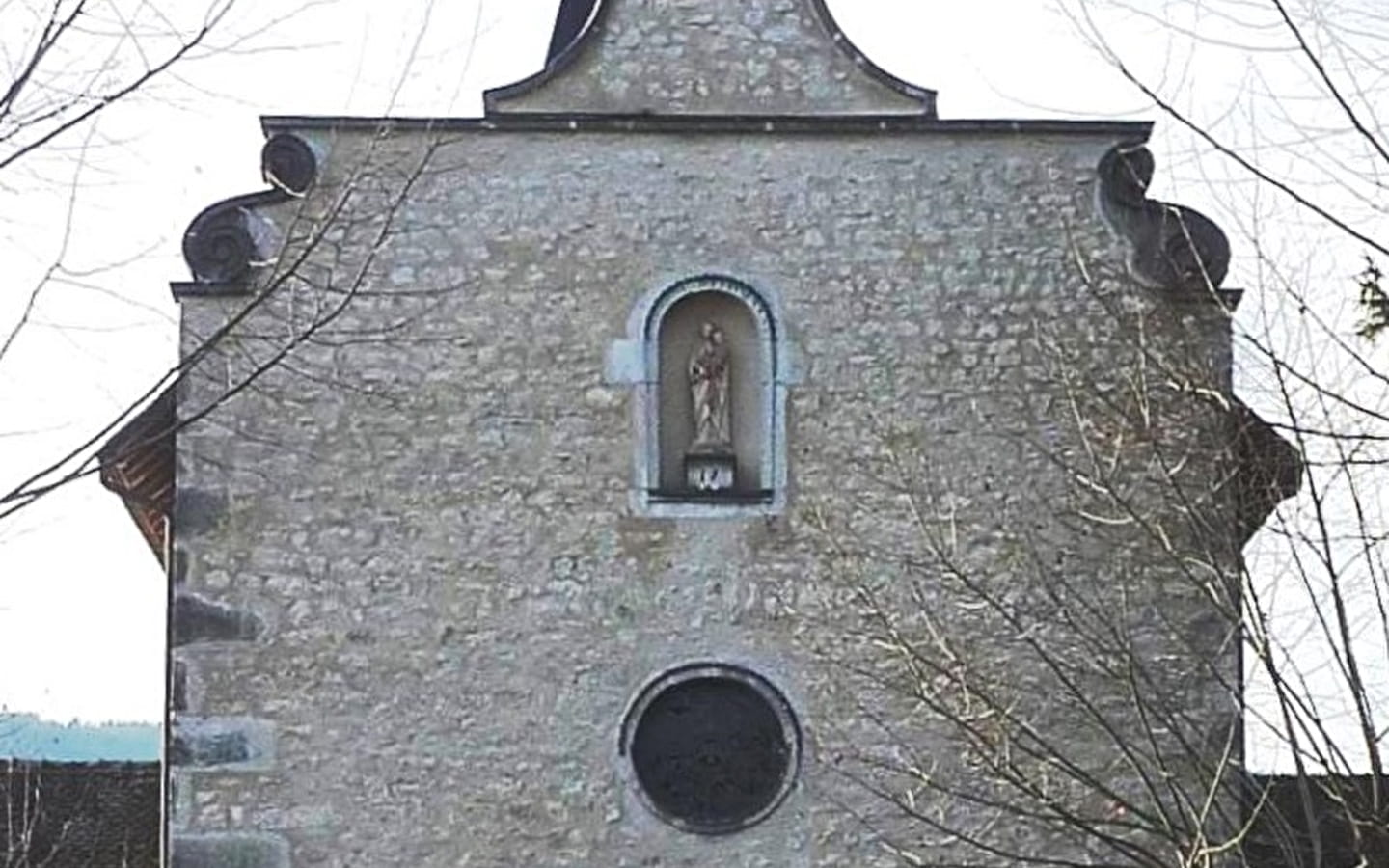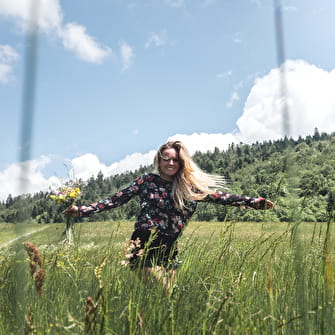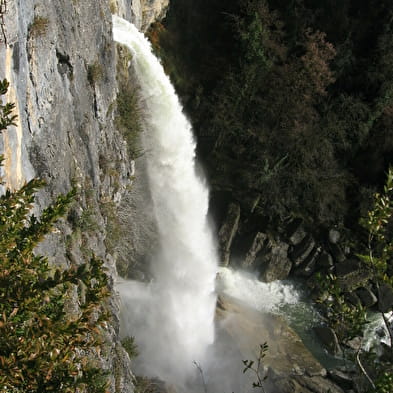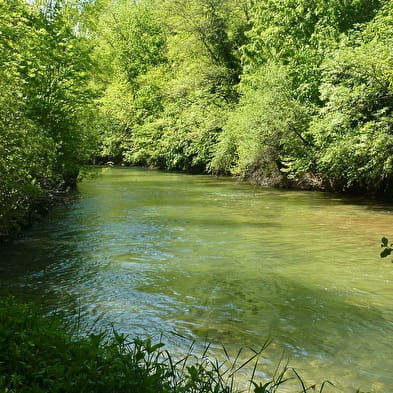
Patrimoine de la commune d'Artemare
From 1536 to 1559 the Valromey was occupied by François I and Henry II. Then, from 1595 to 1601 it was Henry IV who dominated the region. In 1601, the land became French (along with the whole of Bugey).
In the 15th century, it was a small fief with a fortified house belonging to the Prost family.
Honoré d'Urfé became the first marquis of Valromey in 1612. The commune took its definitive name in 1886.
The old church was in Yon. It was destroyed by a storm in 1836. The present church was built in 1847 in the centre of the main town. Some elements such as the stones come from the former Carthusian monastery of Arvière and the former church of Don. The church has a Renaissance doorway with the coat of arms of the de Rougemont family, a nave, a choir and four chapels in the neo-Romanesque style and stained glass windows by Saint-Martin and Saint-Arthaud.
The war memorials in the commune are a reminder of the commitment of the inhabitants during the wars.
Natural heritage
The commune has several natural areas classified as Sensitive Natural Areas by the Departmental Council of the Ain
The Fierloz site, with its virgin overlooking the town and its maze of lapiaz (classified as one of the most beautiful in Europe)
The Cerveyrieu waterfall (60m high) which precipitates the waters of the Séran, a river classified as first category for trout fishing
Finally, Artemare has a 5km heritage trail, "Si Artemare m'était conté" (If Artemare were told) along the Séran and in the village. This trail, punctuated by 9 interpretation panels, presents the architectural and natural heritage of the village, as well as the main famous people who lived in the village.
- French
- Pets not allowed








